'My Ginormous Thighs Will Never Be Thin'
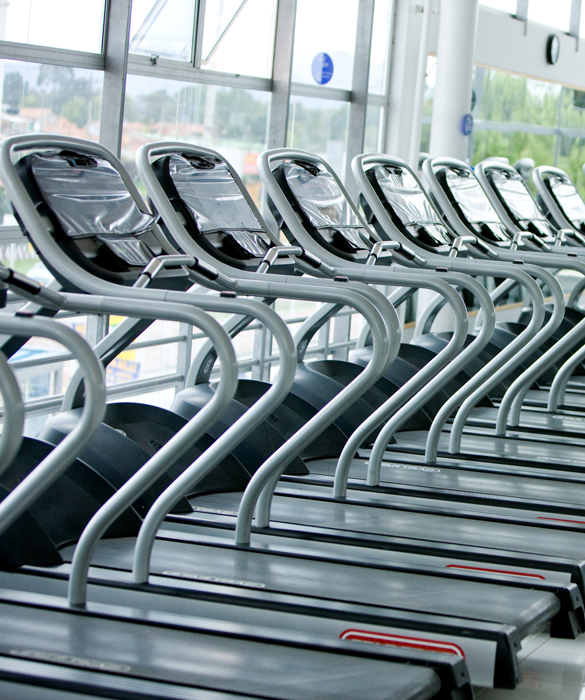
This type of statement instantly creates tension in both your mind and your brain, Michael Gervais, Ph.D., says. "When we have hostile or negative thoughts, our brain responds by releasing a chemical that impacts mood.” Repeated negative thoughts can become toxic, as our immune system becomes compromised due to the over-activation of the fight-or-flight mechanism. “Chronic negative thinking creates such a hostile internal environment that we can find ourselves depressed, anxious, even physically weaker,” Gervais says. In reality, toning and tightening your thighs requires attention to diet, plus cardio and strength training. Include lunges, squats and step-ups two to three times a week for your best thighs.
'I Have Fat Genes and Can't Lose Weight'
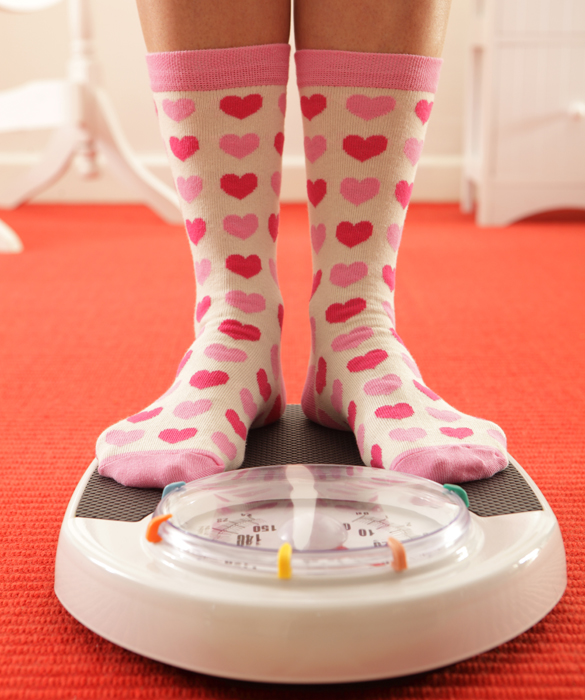
It’s natural to worry if your mom has a muffin top, but, DNA aside, you’re not destined to have her same body shape. Research shows that only 20 to 30 percent of weight gain is attributed to genetics, says trainer Tom Holland, author of Beat the Gym, so you can make great changes. “Obesity often relates to cultural factors, not genetics, so start eating with people who practice healthy eating habits, since studies show we tend to mirror those we dine with,” he says. Journaling your food intake and becoming aware of your specific challenges also enables you to pinpoint the areas in which you need to work.
'Heart Disease Runs in My Family, so I'm Doomed'
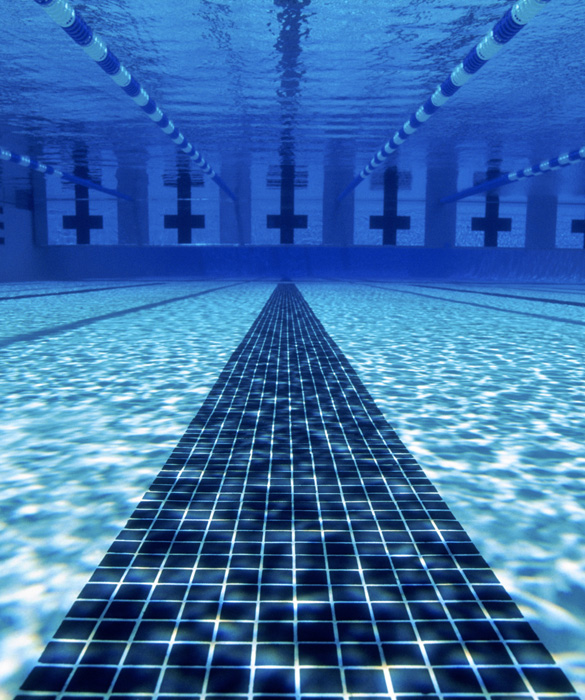
Being born with “bad genes” is actually more reason to work out, says Andrew M. Freeman, M.D., cardiologist at the National Jewish Health in Denver. Regular exercise rivals some of the best medicines for the treatment of heart disease, high blood pressure and cholesterol problems, and cures, prevents, or positively impacts nearly every known disease, he says. The American Heart Association and the American College of Cardiology recommend 150 minutes of brisk activity daily. "Reach that by doing 30 minutes every weekday and taking the weekends off," Dr. Freeman says. And you don't need to sweat it out on a machine: Brisk walking, jogging, roller blading, swimming or any other activity you enjoy will do. And don’t forget that a low-fat, low-cholesterol diet may also help.
'I Have a Slower Metabolism Than Everyone Else'

Believing you're at a disadvantage may make you unwilling to exercise at all. Instead, if you think metabolism is an issue, take steps to boost it, says Katrina Radke, Olympic swimmer and author of Being Your Best Without the Stress. Take up interval training, and eat every three to four hours, which has the added bonus of helping you never be too hungry nor too full, so you feel constant energy, she says.
ON SHAPE: The Real Secret to Skinny
'I Don't See a Difference, so Why Bother?'
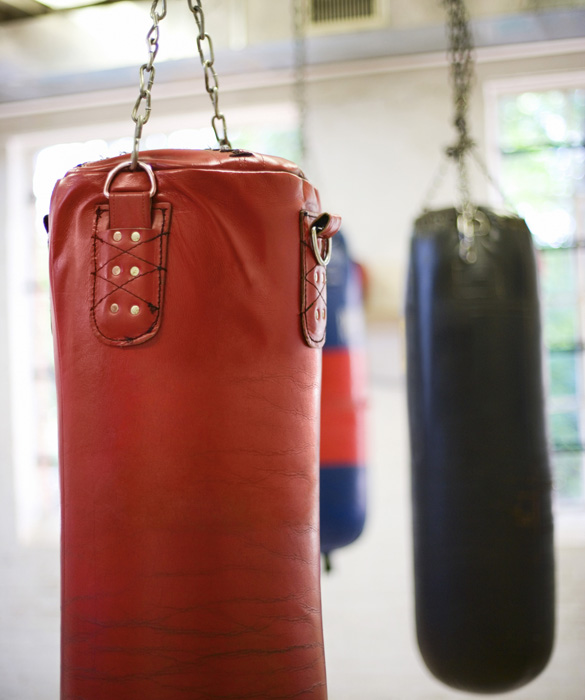
Workouts should come with a disclaimer: “Overnight results not typical.” In reality, it takes two to three months to start noticing changes—exactly the time when people often quit, Holland says. "You need to remember that it didn't take you a week to gain the weight, so why would you expect to lose it overnight? You may not be there yet, but you're closer than you were." Each pound you want to lose requires a 3,500-calorie deficit, so if you want to lose a pound a week, cut 500 calories a day through diet and exercise.
ON SHAPE: I Really Don't Eat That Much
'I Have No Butt, and Nothing Can Change This'
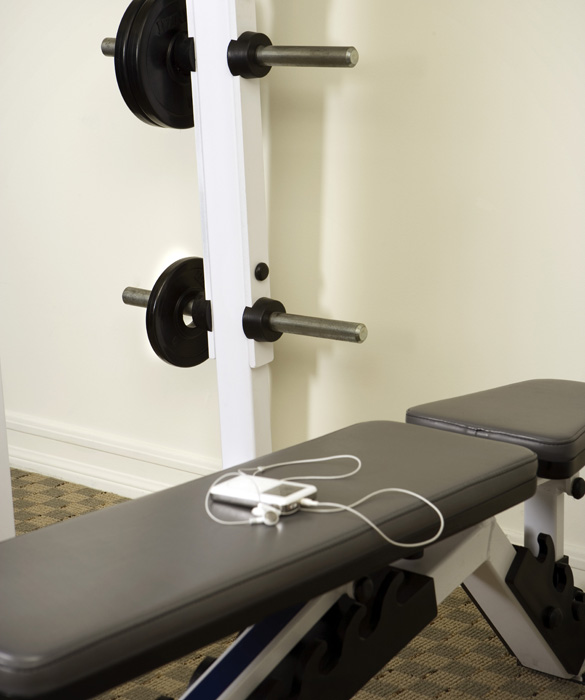
Along with cardiac and weight issues, you can thank Mom and Dad for a flat rear—and improve what you have. While all of your muscles’ genetic capacity is determined well before you were born, “you truly can raise the bar,” says Irv Rubenstein, Ph.D., exercise physiologist and founder of S.T.E.P.S. (Scientific Training and Exercise Prescription Specialists) in Nashville, Tenn. Take your lower-body workout to the next level: Rubenstein recommends squats that go deep so your thighs are nearly parallel or lower, and step-ups on a 12- to 18-inch bench or step using dumbbells that allow you to do 2 to 3 sets of 6 to 12 reps.
'I Don't Have Time to Work Out'
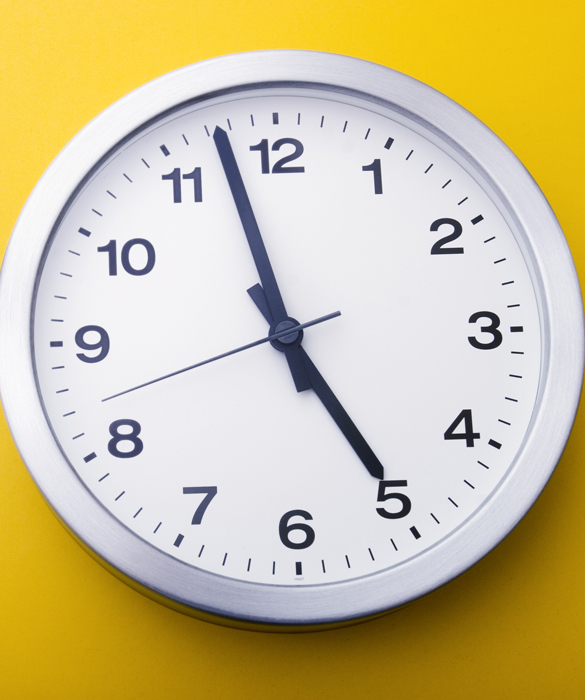
This all-or-nothing self-talk makes it easy to be a victim to circumstances around us, Radke says. "When we make excuses, it's usually because we are nervous about actually taking action. We may not know what to do or be fearful that it won't pay off." Once we create a big enough vision of what we might get if we actually did take the initial step, we can get motivated. Radke recommends starting with simply five minutes of basic breathing and stretching, and once that feels good, add more or other activity. "The key is to be consistent with something small, build your confidence, and then take the next steps,” she says.
'I Can't Use Weights; I'll Bulk Up'
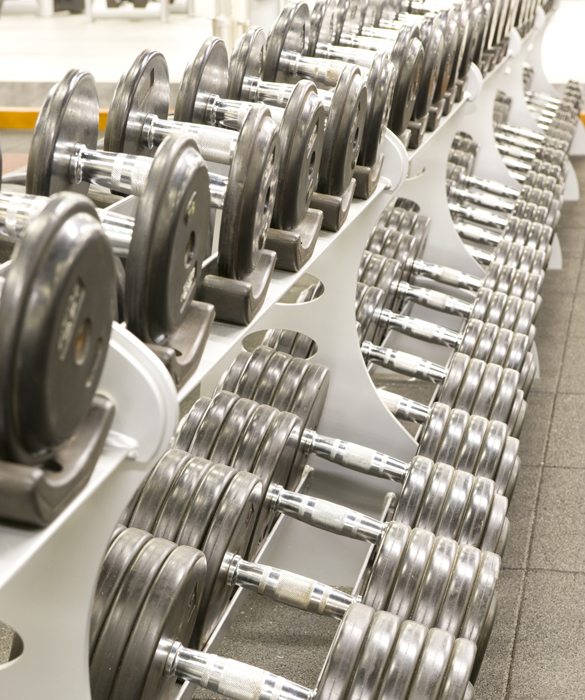
Let’s look at the science here: "Women simply do not have the level of testosterone to get big,” Holland says. “However, you want as much lean muscle as possible since that boosts metabolism.” If you fear becoming the Hulk, break out a measuring tape and record circumferences (your thighs, upper arms, calves, etc.), tracking the difference over time so you can see in black and white if you’re growing or simply firming up. Some women can build, but this requires taking in more calories than you need, Rubenstein says. “Weights are the most reliable means of gaining the kinds of strength and tone most women desire,” Rubenstein says. She recommends doing cardio on the same days as resistance training, which studies show produces less of a stimulus growth than doing the two separately—and that means a toned body without bulk.
'I'm Weak; I Can't Lift Weights'
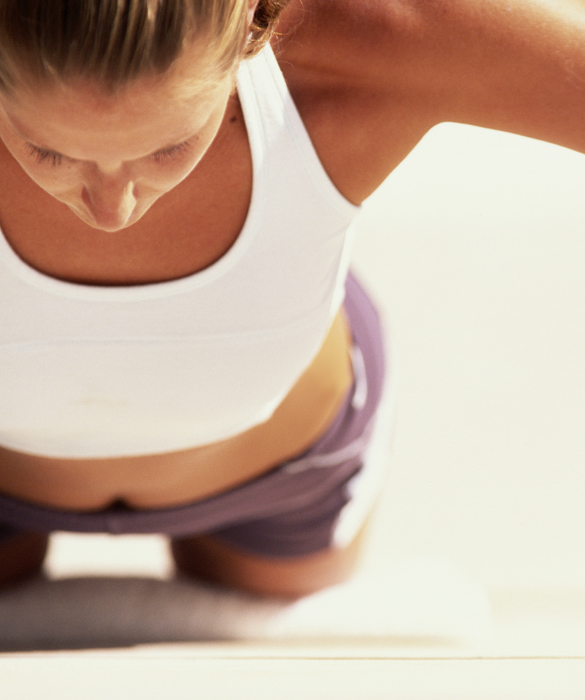
If you’re weak, you should be lifting weights to help your muscles grow stronger! Don’t worry about the number on the dumbbells; start with whatever you can lift and progress to heavier weights when those become too easy. Even your body weight works, Radke says. Push-ups, pull-ups, squats and other equipment-free exercises can make an effective, challenging workout. “You may even start with holding a push-up position with your knees on the ground to get used to supporting your own body," Radke adds.
'I'll Never Have a Flat Belly After Having Kids'
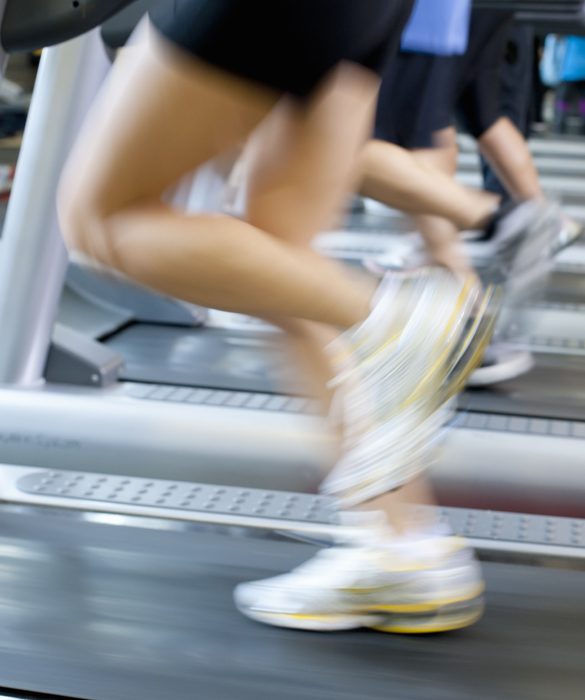
First, remember that the Beyonces and Reese Witherspoons of the world have personal trainers, dietitians, chefs and other experts giving them individualized plans and attention. But, barring a diastasis recti (separation of the rectus abdominis muscle) or super-stretched skin, “a woman can lose the fat and re-tone the muscles with proper exercise," Rubenstein says. The first step is cardio, and interval training has been shown to reduce belly fat more efficiently than lower-intensity cardio. Rubenstein recommends 15 to 20 minutes of intervals three days a week. If that’s too difficult, 30 minutes of traditional cardio at least five days a week can also work. Toning is the second part: Focus on your obliques to pull your abdominal wall in toward your midline. Try side planks, oblique crunches, or rotations with tubing. But of course you have to combine this with a diet that provides a few hundred calories less than what you’ve been eating (never going below 1,200 calories, the point where your body goes into starvation mode and your metabolism slows).



